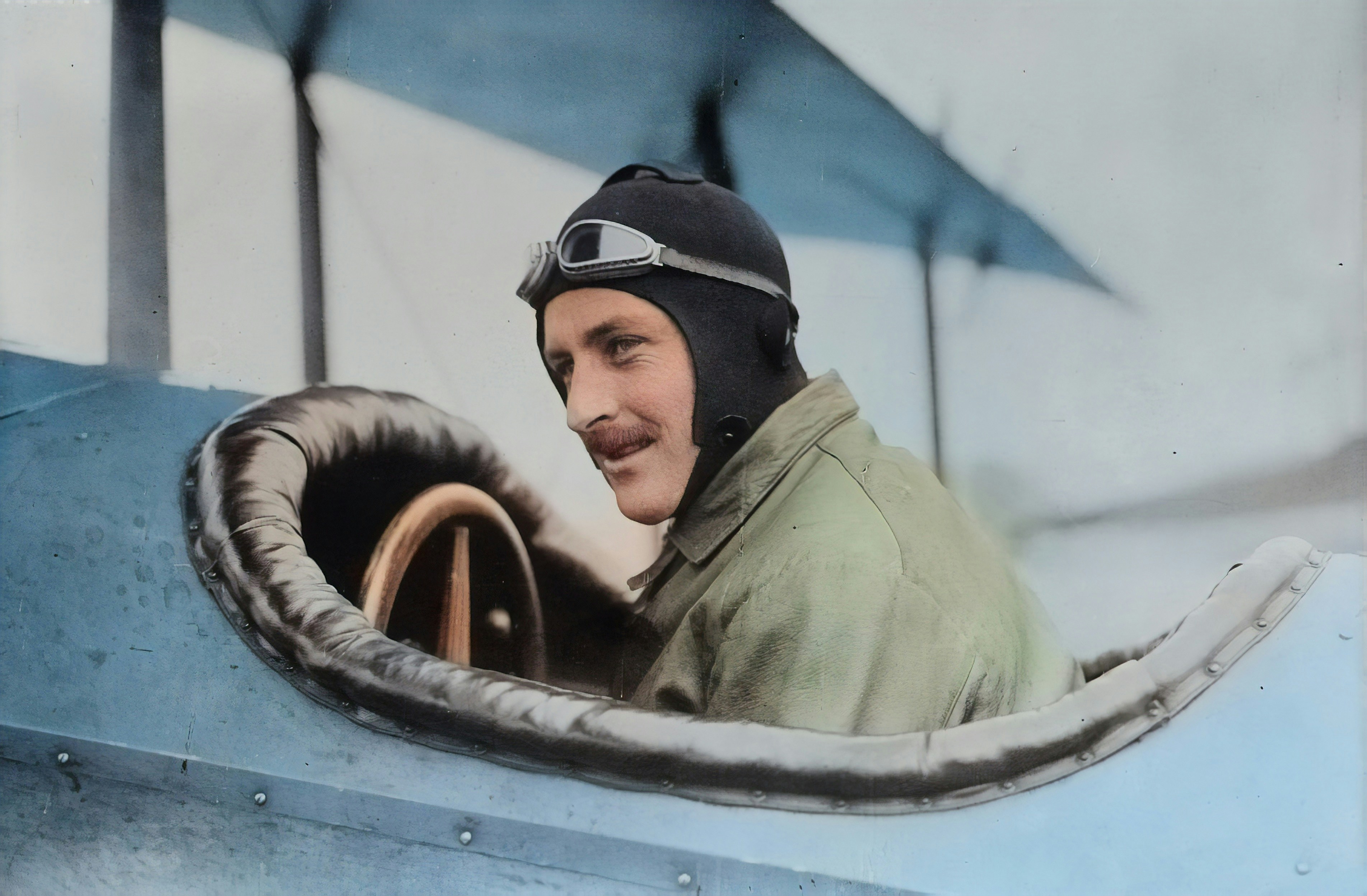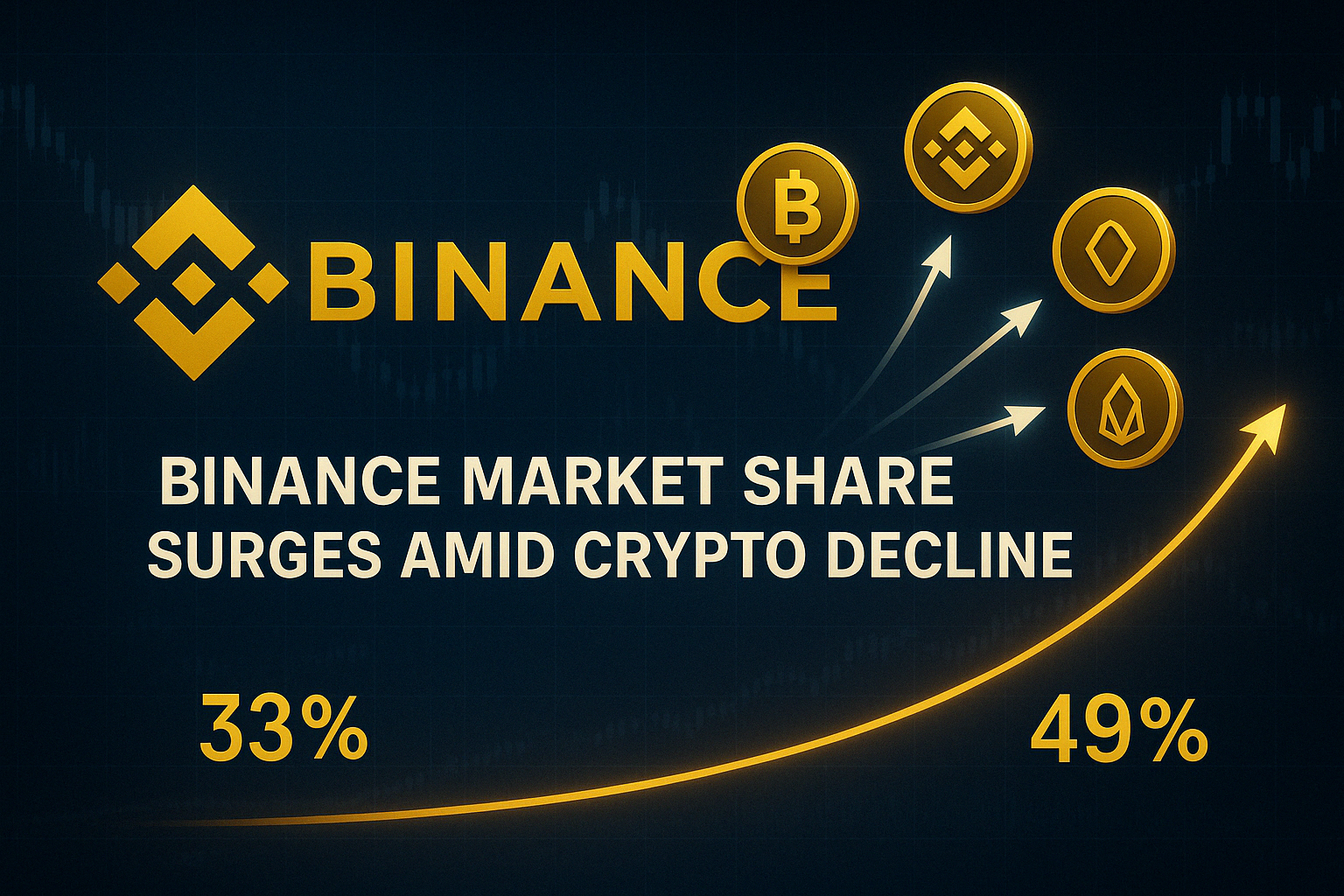
Introduction to the NHL
The National Hockey League (NHL) has a storied history that dates back to 1917 when it was founded as a successor to the National Hockey Association (NHA). Originally starting with just four teams, the NHL has evolved significantly, expanding to 32 teams today. This growth reflects not only the increasing popularity of hockey but also the league’s pivotal role in shaping professional sports in North America.
Initially, the NHL’s roster of teams included the Montreal Canadiens, Toronto Maple Leafs, Boston Bruins, and Ottawa Senators. Over the years, this lineup expanded, and the league underwent substantial changes, particularly with the introduction of the “Original Six” teams in the 1940s and 1950s—Boston Bruins, Chicago Blackhawks, Detroit Red Wings, Montreal Canadiens, New York Rangers, and Toronto Maple Leafs. These teams laid the foundation for the NHL’s early identity.
The 1960s and 1970s marked significant expansion periods, bringing new teams into the fold and broadening the league’s geographical and cultural reach. The NHL has continually adapted to changing trends, including the globalization of the sport. The influx of international players, particularly from Europe and other hockey strongholds, has added a new layer of diversity and competitiveness to the league. This internationalization has enriched the game and attracted a global fanbase.
In recent years, technological advancements have transformed how fans experience the NHL. Enhanced broadcasting, digital media, and online platforms allow fans to watch live games, access highlights, and engage with in-depth analysis from anywhere in the world. The NHL’s dedication to expanding the sport and improving fan engagement reflects its ongoing mission to be a cornerstone of North American sports culture.
Current NHL Teams and Their Performance
The NHL’s 32 teams are divided into two conferences: the Eastern Conference and the Western Conference. Each conference is further split into divisions, with teams representing various cities and regions, fostering unique local rivalries and fan support. Historically, franchises such as the Montreal Canadiens, Boston Bruins, and Detroit Red Wings have been powerhouses, frequently appearing in the playoffs and competing for the Stanley Cup.
In contrast, newer teams like the Seattle Kraken, which joined the league in the 2021-2022 season, are still building their legacy and finding their place in the competitive landscape. The performance of NHL teams varies widely from season to season. Teams like the Tampa Bay Lightning and Colorado Avalanche have recently demonstrated their dominance by winning the Stanley Cup, showcasing their strategic depth and skill. On the other hand, teams like the Arizona Coyotes have faced challenges, struggling to maintain consistent performance despite having talented rosters.
Each team’s performance can be analyzed to provide insights into their potential for the current season. For instance, the Toronto Maple Leafs are known for their high-scoring offense but must address defensive weaknesses to improve their playoff success. The Carolina Hurricanes, with their balanced team performance, have emerged as strong contenders. The ongoing expansion of teams also introduces new rivalries, adding excitement and unpredictability to the season.
Fan engagement is crucial to the NHL’s vibrancy. The intensity of rivalries and the passion of local fans contribute significantly to the atmosphere of games. Understanding the dynamics of each team’s strengths and challenges provides a comprehensive view of what to expect as the season progresses, influencing playoff prospects and shaping the overall competitive environment of the league.
Key Players to Watch in the 2023-2024 Season
As the 2023-2024 NHL season approaches, several standout players are expected to make significant impacts. Connor McDavid of the Edmonton Oilers continues to be a central figure in the league. Known for his exceptional speed and playmaking, McDavid led the league in scoring with over 120 points last season, making him a key player to watch.
Auston Matthews of the Toronto Maple Leafs is another top player. After scoring 40 goals last season, Matthews is recognized not only for his scoring ability but also for his effectiveness in all areas of the game. His impressive shooting skills and agility make him a crucial asset for the Maple Leafs.
On the defensive side, Cale Makar of the Colorado Avalanche stands out. Makar, a young defenseman who won the Norris Trophy, is known for his outstanding puck-handling skills and ability to contribute offensively. His performance is vital to the Avalanche’s strategy.
Emerging talents such as Jack Hughes of the New Jersey Devils and Tim Stützle of the Ottawa Senators are also expected to make waves. Hughes, with his impressive skating and vision, had over 80 points last season, indicating his growing impact. Stützle’s dynamic play and creativity provide the Senators with a fresh offensive perspective. These players not only enhance their teams but also add to the excitement of the NHL.
Latest Trends in the NHL: Strategies and Innovations
Recent years have seen the NHL embrace significant changes in gameplay strategies and player development. Teams are increasingly using data analytics to refine their strategies, focusing on player statistics, shot locations, and opponent tendencies. This data-driven approach helps coaches create detailed game plans, adapt strategies in real-time, and stay competitive.
Player conditioning has also advanced, with teams investing in sports science and specialized training programs. Techniques such as high-intensity interval training (HIIT) and personalized strength conditioning are used to improve players’ agility, speed, and overall performance. These advancements help players maintain high levels of performance throughout the demanding NHL season.
Technological innovations play a crucial role in training and performance evaluation. Video analysis tools allow coaches to review game footage in detail, providing players with immediate feedback. Wearable technology also tracks players’ physical exertion and recovery, aiding in their conditioning and training.
As the NHL continues to integrate these trends, the collaboration between coaches and sports scientists is becoming more prevalent. This partnership helps create personalized training programs that address the physiological and psychological demands of the game. These advancements are setting the stage for the future of hockey, influencing how teams prepare and perform.
The Fan Experience: Following Your Team
The NHL fan experience is multifaceted, deeply influencing how supporters engage with their teams. Live games offer an electrifying atmosphere, with the energy of the crowd enhancing the excitement on the ice. Teams are improving in-arena experiences through advanced technology, interactive displays, and unique entertainment options to make attending games more immersive.
Merchandise plays a significant role in fostering team loyalty. Fans express their support through various products, from jerseys to collectibles. The rise of e-commerce has made it easier for fans to purchase their favorite team’s gear, and online marketplaces have expanded access to limited-edition items.
Social media platforms are crucial for fan engagement in the digital age. Teams use these platforms to interact with fans, share content, and provide updates on games and news. This digital connection has been particularly important during the COVID-19 pandemic, when in-person attendance was restricted. Teams adapted by creating engaging online content and virtual events to keep fans connected.
Practical considerations for attending games include purchasing tickets in advance, understanding venue protocols, and exploring transportation options. Engaging with fan communities online can also enhance the overall experience, offering opportunities for networking and participation in various events.
NHL Playoff Format and Key Dates
The NHL playoffs are the thrilling conclusion to the regular season, featuring 16 teams competing for the Stanley Cup. The format includes the top three teams from each of the four divisions, plus two wildcard teams from each conference, totaling eight teams per conference. This structure emphasizes the importance of regular-season performance, as higher-seeded teams gain advantages such as home-ice advantage in playoff series.
The playoffs follow a best-of-seven series format, where teams must win four out of seven games to advance. The first round pairs division champions against wildcard teams, while other division winners face each other. This format creates intense competition and allows for dramatic shifts in momentum.
Key dates for the current season include the regular season’s conclusion in April, with the playoffs beginning in mid-April and running through early June. Historical playoff moments, such as underdog victories and dynasty triumphs, add to the excitement and set benchmarks for current teams. The atmosphere during the playoffs is filled with passion and high stakes, making it a captivating period for fans and teams alike.
Future of the NHL: Challenges and Opportunities
The NHL faces several challenges and opportunities that will shape its future. Player health and safety remain a critical concern. The league has made progress with concussion protocols and injury management, but continued investment in research and technology is essential for improving player safety.
Market expansion presents another challenge. While recent expansions have been successful, finding new, viable markets—both in the U.S. and internationally—requires careful consideration of factors such as facilities, fan demographics, and economic viability. Balancing franchise stability and competitiveness is also crucial to maintaining the league’s appeal.
International markets offer significant opportunities for growth. With increasing global interest in hockey, the NHL can expand its presence in Europe and Asia through collaborations, youth development programs, and exhibition matches. Investing in women’s hockey also presents a unique opportunity for the NHL to enhance its brand, engage a broader audience, and promote gender equality in sports.
The league must also focus on fan engagement through advanced technology, social media, and immersive viewing experiences. By staying attuned to evolving viewer preferences, the NHL can remain relevant and competitive in the entertainment landscape. The next decade promises to be transformative for the NHL, with potential for growth and increased influence in the sports world.

 10 September 2024
10 September 2024 Share
Share

![Binance Dominates with $2.6B in Token Airdrops & Rewards [2025 Report]](https://hamstercombetworld.com/wp-content/uploads/2025/06/Binance-Dominates-with-26B-in-Token-Airdrops-Rewards-2025.png)





